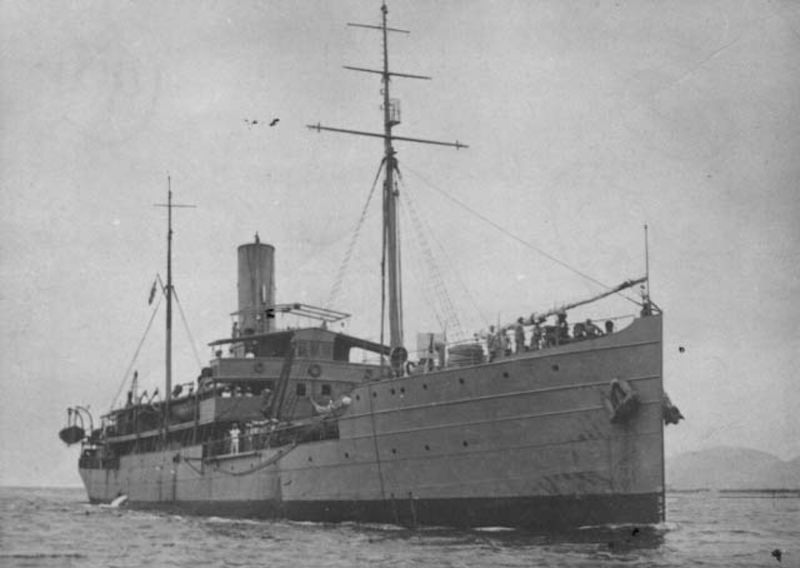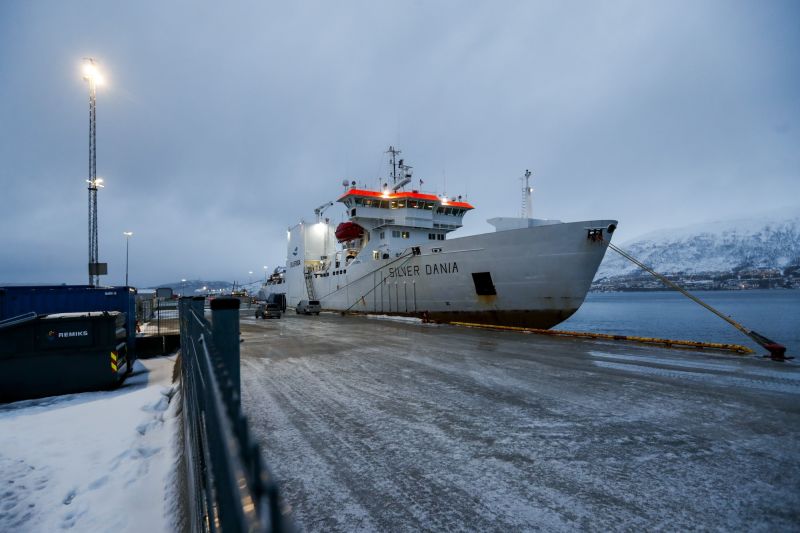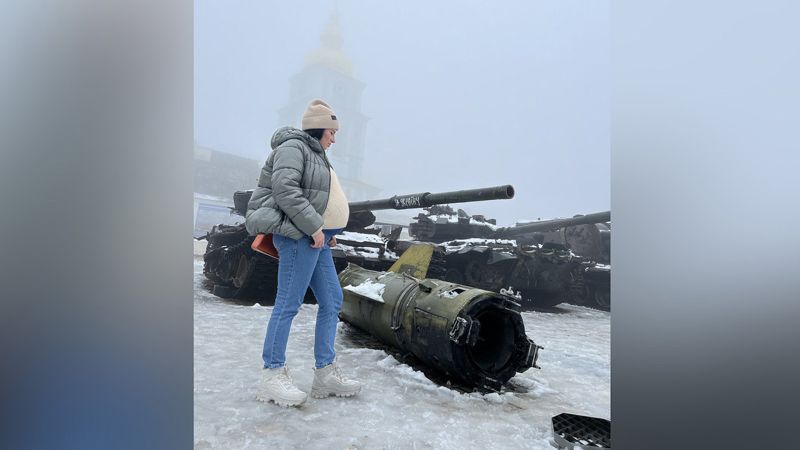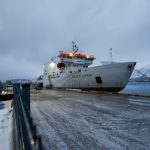Brazilian navy confirms location of World War II shipwreck
February 1, 2025
After more than 80 years hidden beneath the waves off Rio de Janeiro, the location of a Brazilian troop transport ship torpedoed and sunk by Nazi Germany was definitively confirmed by Brazil’s navy this week.
The wreck of the Vital de Oliveira was initially discovered in 2011 by a pair of brothers, Jose Luíz and Everaldo Popermeyer Meriguete. As recently as July, the Brazilian navy had told Brazil’s O Globo newspaper that it could not confirm whether the hulk lying 45 kilometers (28 miles) from the coast was indeed the ship in question.
As part of a scientific expedition to obtain the exact location of the wreck, the navy officially confirmed the brothers’ 14-year-old discovery on January 16 using sonar imaging.
The Vital de Oliveira was a civilian ship, built in 1910 and outfitted as an auxiliary naval craft when Brazil entered World War II on the side of the Allies. It was transporting supplies, sailors and soldiers along the Brazilian coast when a German U-boat struck its stern with a torpedo just before midnight on June 19, 1944.
Brazil was the only South American country to send troops overseas in World War II. Throughout the Battle of the Atlantic, German U-boats patrolled Brazil’s coast, sinking some 34 vessels and killing 1,081 people, according to naval historian Roberto Sander, who wrote that the sinking of the Vital de Olivera was the navy’s “most major loss” during the war. Of the 270 souls aboard, he wrote, 99 perished.
“More than 60 years after these events,” Sander wrote in 2007, “the vast majority of Brazilian ships remain untouched at the bottom of the ocean.”
Their locations would only be confirmed, Sander inferred, via the use of “probes.”
The navy said in its press statement that the wreck was found “using multi-beam and side-scanning sonar.”
Both methods, which deploy fan-like arrays of sound waves to scan the seafloor, are frequently used together in underwater archaeology to create detailed visualizations of ocean wrecks, according to NOAA.
In the side-scanning sonar image released alongside the navy’s press statement, one can clearly see the outline of the Vital de Oliveira.
Coincidentally, the research vessel that confirmed the wreck’s location is also called the “Vital de Oliveira.”









